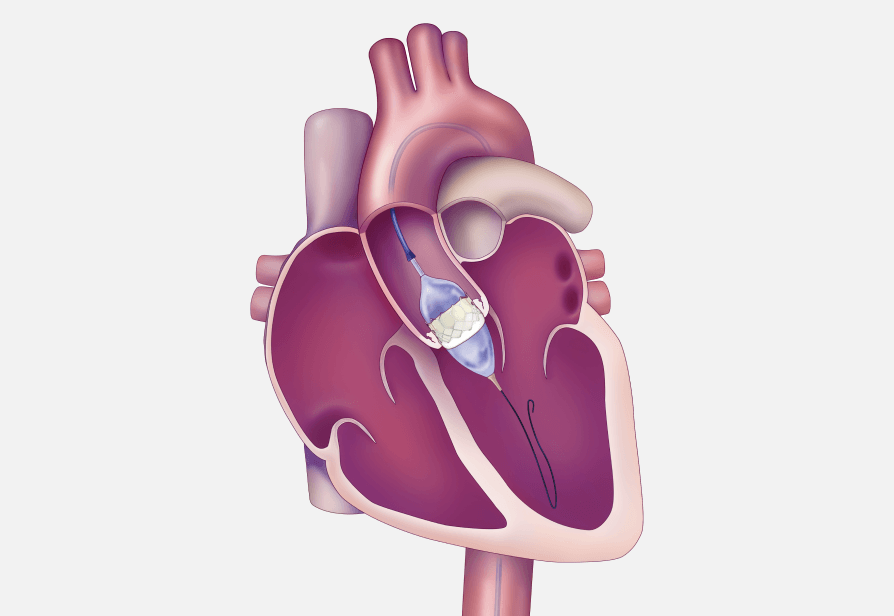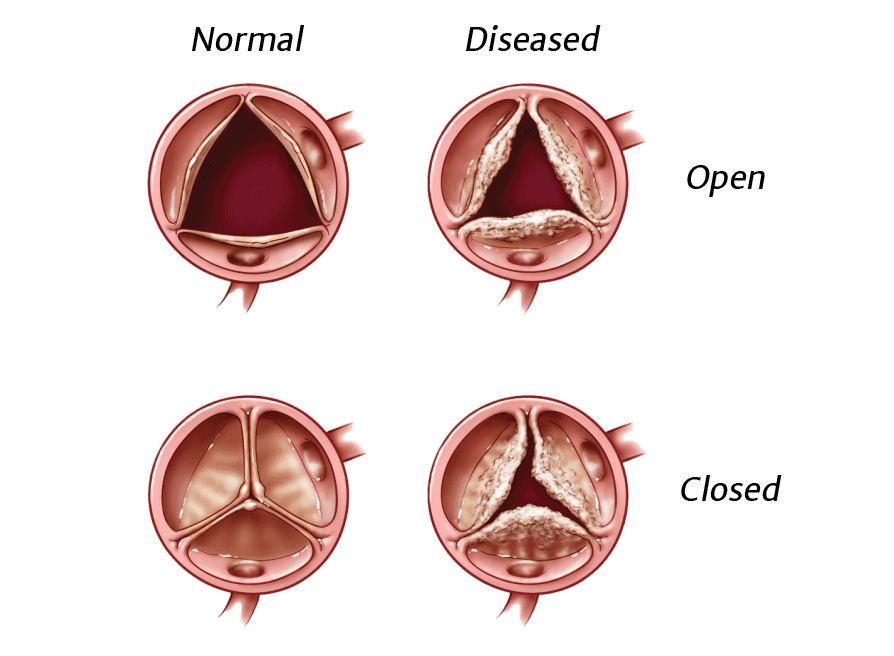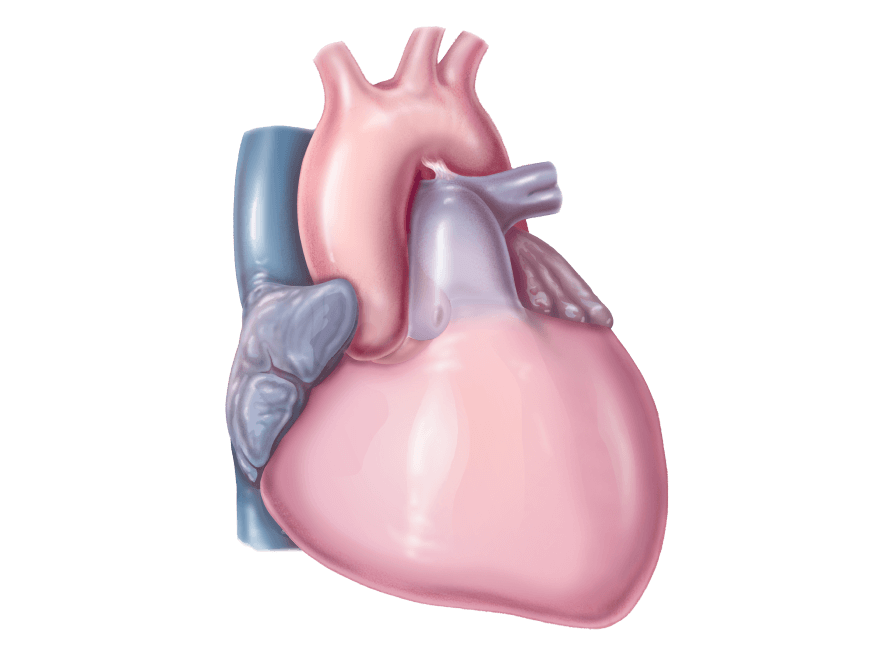Transcatheter Aortic Valve Implantation

Transcatheter Aortic Valve Implantation (TAVI)
TAVI is a way to replace the aortic valve that does not require open heart surgery. Patients diagnosed with severe aortic stenosis and experiencing symptoms could be considered for TAVI.

The TAVI procedure allows a new valve to be inserted within your diseased aortic valve. The new valve will push the leaflets of your diseased valve aside. The frame will use the leaflets of your diseased valve to secure itself in place.
This less invasive procedure is different than open heart surgery. TAVI uses a catheter to replace the heart valve instead of opening the chest and completely removing the diseased valve.
The TAVI procedure can be performed through multiple approaches, but the most common approach is the transfemoral approach (through an incision in the leg). Only a Heart Team can decide which approach is best, based on a person's medical condition and other factors.
Please talk to a Heart Team for more information about TAVI and the risks and benefits associated with this procedure.

Surgical valve treatments

Surgical aortic valve replacement (SAVR) treatment options include replacing the valve through standard open-heart surgery or small-incision surgery. In both approaches, the surgeon removes the diseased valve and puts a new heart valve in its place.
Defects and diagnosis

A variety of conditions can cause heart valve abnormalities, and there are many ways of determining if you have heart valve disease. Learn what happens with heart valve disease and how it is diagnosed.


What the heart does

Beating about 2.5 billion times over an average lifetime, the heart provides blood flow to all the cells, tissues, and organs in your body when it's working properly. Clasp your two hands together and that's about the size of a healthy heart. It's important to maintain a healthy heart to live a healthy life.
